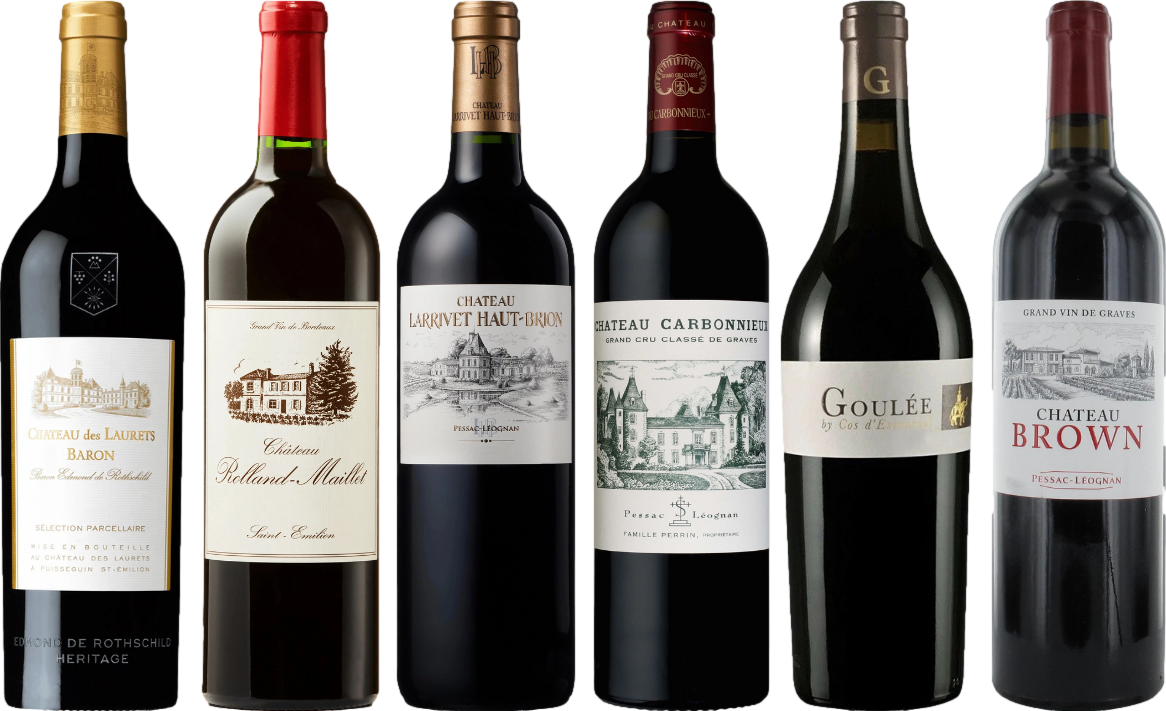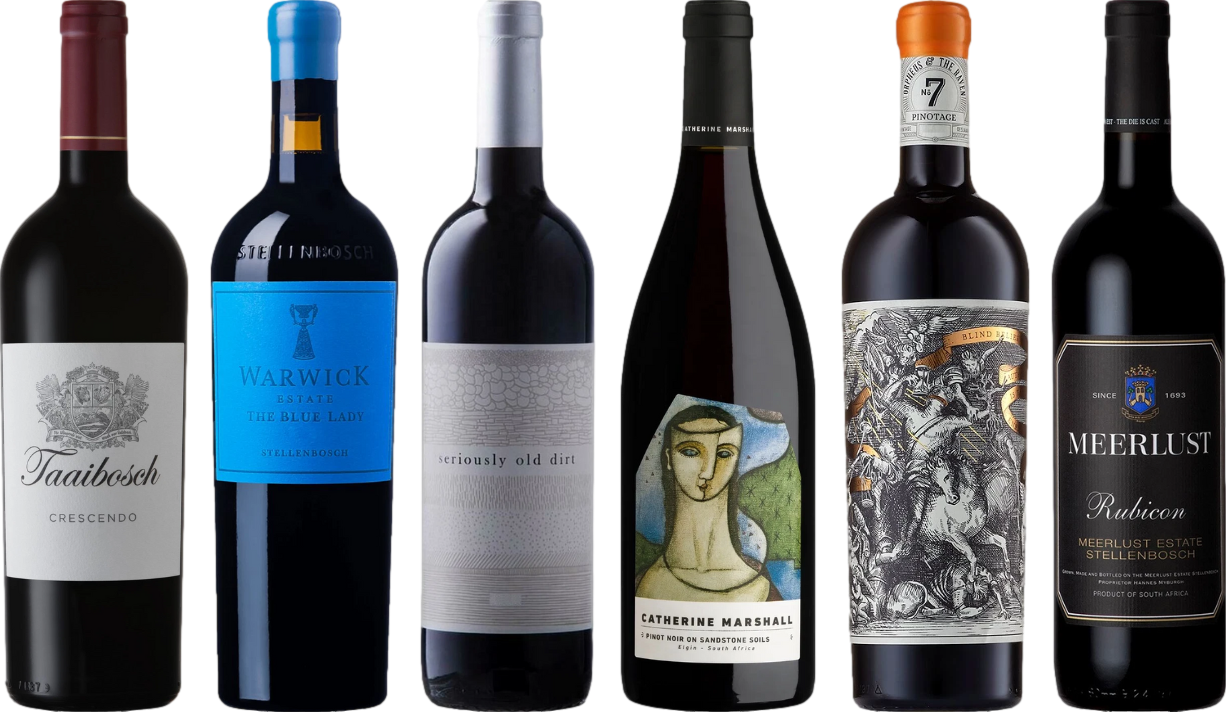



For those eager to indulge in the delights of a new vintage, mid to late autumn is the prime period for experiencing the initial, youthful expressions of these selections. Typically, the harvest peaks around September, and by late October, many wineries begin releasing their freshly bottled creations, enticing enthusiasts with their vibrant character.
The best approach is to keep an eye on regional releases, particularly from renowned areas like Napa Valley and Bordeaux, where the excitement of new offerings tends to dominate the market. Tasting events and festivals during this season often showcase these young selections, allowing for a firsthand experience of their unique profiles.
Pairing these selections with seasonal dishes can elevate the tasting experience. Think about roasted meats and hearty vegetables that complement the fruit-forward notes of these fresh varieties. Engaging with local merchants who specialize in these young offerings can also provide valuable insights into the best choices for your palate.
Embracing the vibrant energy of young vintages can bring a refreshing twist to your wine experiences. Stay attuned to local events and winery announcements to seize the moment when these new treasures become available.
Timing for Enjoying a Deep Red Beverage
The best moment to savor a full-bodied pour typically falls around the harvest season, particularly from late summer to early fall. This period is when the grapes achieve optimal ripeness, leading to the production of exquisite bottles. For many regions, the initial releases occur about a year after fermentation, often aligning with late autumn or early winter. Notably, the most celebrated varieties might not be available until several years post-harvest, allowing for maturation in barrels and bottles that enhances complexity.
Regional Variations in Release Times
Different locales have distinct schedules. For instance, Bordeaux wines are generally released in the spring following the harvest, while Napa Valley varieties often hit the market later in the year. Understanding these timelines can greatly enhance your selection process. Engaging with local producers or attending regional tastings can provide insights into upcoming releases and help identify standout options.
Best Practices for Selection
When seeking a remarkable bottle, consider exploring lesser-known vineyards in addition to established names. Prices can vary significantly, and hidden gems often offer exceptional value. Always inquire about tasting notes to match with your meal, as this can elevate the overall experience. Stay informed through wine clubs or newsletters from reputable distributors to catch early announcements of new arrivals.
Harvest Season for Red Grapes
The optimal time for harvesting dark-skinned varietals typically falls between late summer and early fall, depending on the climate and region. In temperate areas, grapes are usually picked from late September through October. It’s essential to monitor sugar levels, acidity, and tannin maturity to ensure the best flavor profile.
Key Varietals and Their Harvest Times
| Grape Variety | Typical Harvest Time |
|---|---|
| Cabernet Sauvignon | Mid to late October |
| Merlot | Late September to early October |
| Syrah/Shiraz | Mid to late September |
| Zinfandel | August to early September |
During this period, weather conditions play a significant role. Ideal circumstances include warm days and cool nights, promoting the development of complex flavors. It’s wise to harvest early if rain is expected, as excess moisture can dilute flavors and increase the risk of rot.
For perfect pairing, consider dishes like elk steak, which complements the rich tannins of these varietals. For a delicious recipe, check out how to cook elk steak in a skillet.
Winemaking Process Timeline
Understanding the timeline of vinification is crucial for anyone passionate about this craft. The journey from vineyard to bottle unfolds over several key stages:
1. Harvesting
- Timing varies based on grape variety and climate, typically occurring between late summer to early fall.
- Grapes are hand-picked or machine-harvested, ensuring optimal ripeness.
2. Crushing and Destemming
- Immediately after harvesting, grapes undergo crushing to extract juice.
- Destemming involves separating berries from stems, enhancing flavor and reducing bitterness.
3. Fermentation
- Yeast is introduced to the juice, initiating fermentation, which lasts from a few days to several weeks.
- This stage is crucial for developing the character and complexity of the final product.
4. Maceration
- During fermentation, skins remain in contact with the juice, imparting color, tannins, and aromas.
- The duration of this phase influences the wine’s texture and depth.
5. Pressing
- After fermentation, the mixture is pressed to separate liquid from solids.
- This step determines the clarity and purity of the end product.
6. Aging
- The liquid is transferred to barrels or tanks for maturation, lasting from several months to years.
- This process allows flavors to integrate and evolve, enhancing complexity.
7. Bottling
- After aging, the liquid is filtered and bottled, often with the addition of sulfur dioxide to preserve freshness.
- Labeling follows, indicating varietal, vintage, and origin.
Each of these stages plays a pivotal role in the overall profile of the beverage. Mastering this timeline helps in selecting and enjoying exceptional bottles.
Factors Influencing Release Dates
The timing of a bottle’s debut is shaped by several key elements. First, the climate during the growing season plays a significant role. A warm, dry summer can lead to grapes ripening earlier, prompting earlier bottling and market entry. Conversely, a cooler season may delay the entire process, pushing release dates back.
The specific varietal also impacts timing. Some cultivars mature more quickly than others, which can affect the overall schedule for bringing a vintage to consumers. For example, Pinot Noir typically has a shorter growing cycle compared to Cabernet Sauvignon.
Regional practices and traditions further influence these timelines. Certain areas have established norms for when to release their products, often aligning with local festivities or harvest celebrations. This cultural aspect can add a unique twist to the timing of a particular vintage.
Winemakers also consider the aging process. Many choose to bottle their creations after a specific period of maturation in oak barrels. This decision not only enhances flavor complexity but also dictates the timing of the product’s arrival in the market.
Lastly, market strategy cannot be overlooked. Producers often plan releases to coincide with peak consumer demand periods, such as holiday seasons or major wine events. This strategic timing ensures maximum visibility and sales potential for their offerings.
Regional Differences in Red Wine Release
In regions like Bordeaux, the unveiling of new vintages typically occurs in early spring, coinciding with the annual en primeur tastings. This allows consumers to gauge the quality of the previous year’s harvest before committing to purchases. In contrast, the Napa Valley showcases its selections around fall, following the completion of their harvest and aging processes.
Old World vs. New World
Old World territories, such as Italy, often release their offerings later in the year, emphasizing traditional methods and extended aging. For instance, Barolo must be aged for a minimum of 38 months before hitting the market, while some Chiantis may follow suit. Conversely, New World producers tend to prioritize quicker access to their products, often releasing within a year of harvest, allowing for more immediate consumer enjoyment.
Climate Impact
Climate also plays a significant role in the timing of availability. Warmer regions like Australia may see their products released sooner due to faster fermentation and maturation processes. In contrast, cooler climates, such as those in Germany, may require longer aging periods, pushing back release dates. Understanding these regional practices enhances appreciation for the diversity of offerings available at various times throughout the year.
Popular Varietals and Their Release
Cabernet Sauvignon often hits shelves in the fall, typically around October. This varietal showcases robust flavors and tannins, making it a favorite for aging.
Merlot is usually available by late summer, around August. Its softer profile and fruit-forward character appeal to a wide audience, making it a popular choice for immediate enjoyment.
Pinot Noir generally makes its debut in early fall, often around September. Known for its elegance and complexity, this varietal benefits from careful handling and can vary significantly by region.
Syrah, with its bold and spicy notes, often sees releases in late fall, particularly November. Regions like the Rhône Valley or Australia produce exceptional examples that often garner attention during this period.
Zinfandel typically surfaces in late summer or early fall, around September. Its jammy and fruity characteristics make it a great choice for barbecues and casual gatherings.
- Cabernet Sauvignon: October
- Merlot: August
- Pinot Noir: September
- Syrah: November
- Zinfandel: September
Each varietal showcases unique characteristics influenced by terroir and winemaking techniques. These factors play a significant role in determining the perfect time for release, ensuring that each bottle reaches its full potential for enjoyment.
How to Determine Optimal Drinking Age
For individuals seeking the best experience with aged beverages, focus on a range of factors beyond mere calendar years. The ideal moment to indulge varies, hinging on varietal characteristics, vintage conditions, and personal palate preferences.
Start with varietals known for their aging potential, such as Cabernet Sauvignon, Syrah, or Nebbiolo. These selections often reach their peak flavors between 5 to 15 years post-harvest. Monitor the specific vintage; exceptional years may enhance longevity, while challenging seasons could accelerate maturity.
Examine the storage conditions to ensure optimal preservation. Proper temperature control, humidity levels, and darkness play a critical role in maintaining the integrity of these beverages. If you’re unsure about your storage, consider tasting earlier to assess development.
Engage with tasting notes and assessments from experts. Community resources, such as local tasting groups or wine clubs, can provide valuable insights into when specific bottles reach their prime. Personal experience and preferences should guide your choices, as enjoyment varies widely among enthusiasts.
Finally, be aware of regional practices. Some areas promote early consumption, while others encourage patience. Knowledge of these trends can inform your timing and enhance your overall enjoyment.
Events and Festivals Celebrating New Releases
Each year, numerous gatherings spotlight fresh vintages, providing enthusiasts a chance to sample and learn. One notable event is the Bordeaux en Primeur, where attendees can taste barrel samples of upcoming releases, offering a glimpse into the future of the region’s offerings.
The Napa Valley Wine Auction showcases limited releases, allowing connoisseurs to bid on exclusive bottles while supporting local charities. This event not only highlights exceptional blends but also fosters a sense of community among wine lovers.
In Burgundy, the Hospices de Beaune Auction features exquisite wines from the region, with proceeds benefiting local hospitals. This historical event attracts collectors eager to secure rare selections while celebrating the region’s rich heritage.
For those interested in a broader selection, the California Wine Month in September celebrates the harvest with numerous festivals and tastings across the state. Visitors can explore various varietals, attend educational seminars, and engage with winemakers.
Internationally, events like Vinexpo and ProWein bring together producers from around the globe, showcasing new releases and innovative techniques. These expos are essential for industry professionals seeking to stay ahead of trends.
Engaging in these celebrations not only enhances your palate but also deepens your understanding of the craft. Mark your calendars and immerse yourself in the vibrant culture surrounding new vintages.











